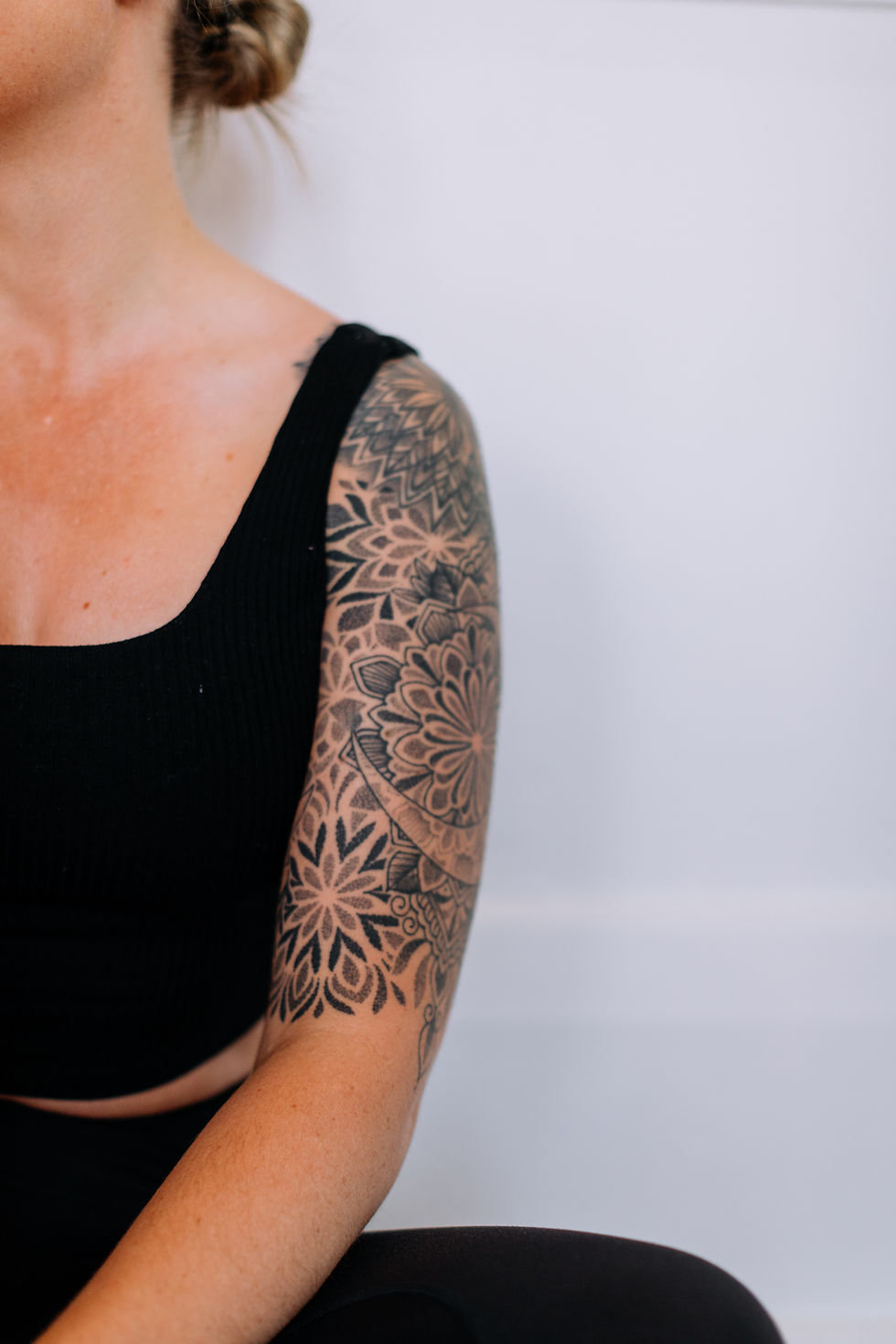Discomfort Shapes the Way I teach
- yoganess31

- Jul 17
- 2 min read
Discomfort has a profound impact on the way I teach.
It’s there in the way I speak, sometimes with hesitation, as if I’m choosing my words not just to be heard, but to be felt. In the way I move, not always with grace, but always with truth. In the way I interact, not from a place of knowing, but from a place of shared experience. Discomfort is not foreign to me; it’s an old companion. One I no longer push away, but sit beside.
Because discomfort is not just physical.
It’s the ache in the heart when something is being left behind. The flutter in the chest when you’re about to share something real. The surge of thoughts that come when stillness feels too loud. The moment in a pose when your body says, “enough,” and your spirit whispers, “stay.”
In the yoga room, we often reduce discomfort to physicality: the stretch, the burn, the fatigue. But the kind of discomfort that truly transforms us is subtler emotional, mental, energetic. It’s the discomfort of being seen. The discomfort of slowing down. The discomfort of being with what is, without the need to change it.
And so, discomfort informs how I guide others.
Not from the surface, but from the soil. From the places I’ve cracked and stayed open.
When I speak about staying in a pose beyond the point of comfort, I’m not talking only about hamstrings. I’m speaking to the part of you that wants to run when things get real. I’m inviting the version of you that has practiced leaving through distraction, through performance, through control, to practice staying.
Discomfort has softened me. Where once I might have taught from the peak, I now teach from the valley.
Where I used to fill space with instruction, I now honour silence. Where I once believed I had to guide every breath, I now trust that the body knows its own rhythm.
This shift didn’t come easily. It came through my own discomfort: In grief that arrived uninvited. In anxiety that lived in my chest for years. In burnout that forced me to redefine what it meant to “hold space.” And in the discomfort of being human, raw, imperfect and deeply alive.
So when I walk into a class now, I seek presence.
I don’t ask, “How can I make this feel good?”
I ask, “How can I make this feel real?”
Discomfort is no longer something I avoid.
It’s something I meet with curiosity. Because I know now, Discomfort is not the enemy. It is the edge of becoming. The threshold of growth. The whisper that says, “You are still here. You are still willing.”
And what a sacred place that is to teach from.






コメント